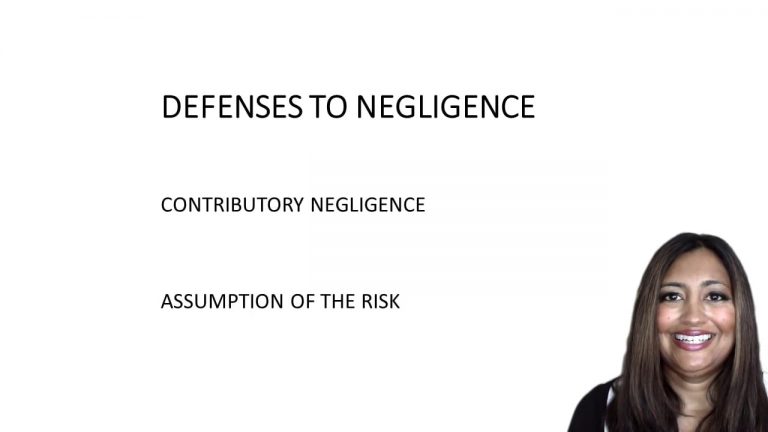SmartBrief
Confirm favorite deletion?
Torts keyed to Robertson
Wassell v. Adams
Citation:
United States Court of Appeals, Seventh Circuit, 1989. 865 F.2d 849.Facts
The Plaintiff, Susan Marisconish (later Wassell), became engaged to Michael Wassell. Michael joined the navy and was sent to a naval training station for basic training. The couple planned to get married once he completed naval training. Michael’s graduation from basic training was scheduled for a Friday and the Plaintiff and Michael’s parents traveled together to attend it. The Plaintiff and his parents checked into a double room at a motel owned by the Defendants, Wilbur and Florena Adams. The motel was small and expensive and charged a maximum of $36 a night for a double room. Four blocks to the west of the motel is a high-crime area. The Defendants would occasionally warn women guests not to walk alone at night in the area. The Defendants did not warn the Wassells or the Plaintiff.
The Plaintiff ended up moving to a single room at the motel after the Wassells left. She stayed behind to look for apartments where she and Michael could live once they were married. On Sunday evening she left the motel to look at an apartment. When she returned, she locked the door, secured the chain, and went to sleep. She was later woken up by a knock on the door and saw from the clock that it was 1:00 am. She looked through the peephole of the door but did not see anyone. Although there was a pane of clear glass next to the door, she did not look through it. The Plaintiff unlocked the two locks on the door, undid the chain, and opened the door all the way. She thought that it would be her fiancé coming home from the base. However, it was not her fiancé and was a man she had never seen before. Th man asked for “Cindy” and when she told him that there was no Cindy there, he asked for a glass of water. The Plaintiff went to the bathroom to get a glass of water and when she came back out, the man raped her.
Only StudyBuddy Pro offers the complete Case Brief Anatomy*
Access the most important case brief elements for optimal case understanding.
*Case Brief Anatomy includes: Brief Prologue, Complete Case Brief, Brief Epilogue
- The Brief Prologue provides necessary case brief introductory information and includes:
Topic:
Identifies the topic of law and where this case fits within your course outline.Parties:
Identifies the cast of characters involved in the case.Procedural Posture & History:
Shares the case history with how lower courts have ruled on the matter.Case Key Terms, Acts, Doctrines, etc.:
A case specific Legal Term Dictionary.Case Doctrines, Acts, Statutes, Amendments and Treatises:
Identifies and Defines Legal Authority used in this case.
- The Case Brief is the complete case summarized and authored in the traditional Law School I.R.A.C. format. The Pro case brief includes:
Brief Facts:
A Synopsis of the Facts of the case.Rule of Law:
Identifies the Legal Principle the Court used in deciding the case.Facts:
What are the factual circumstances that gave rise to the civil or criminal case? What is the relationship of the Parties that are involved in the case.Issue(s):
Lists the Questions of Law that are raised by the Facts of the case.Holding:
Shares the Court's answer to the legal questions raised in the issue.Concurring / Dissenting Opinions:
Includes valuable concurring or dissenting opinions and their key points.Reasoning and Analysis:
Identifies the chain of argument(s) which led the judges to rule as they did.
- The Brief Prologue closes the case brief with important forward-looking discussion and includes:
Policy:
Identifies the Policy if any that has been established by the case.Court Direction:
Shares where the Court went from here for this case.
Topic Resources
Topic Videos
 5m 51s
5m 51s 2m 18s
2m 18sTopic Refresher Course
